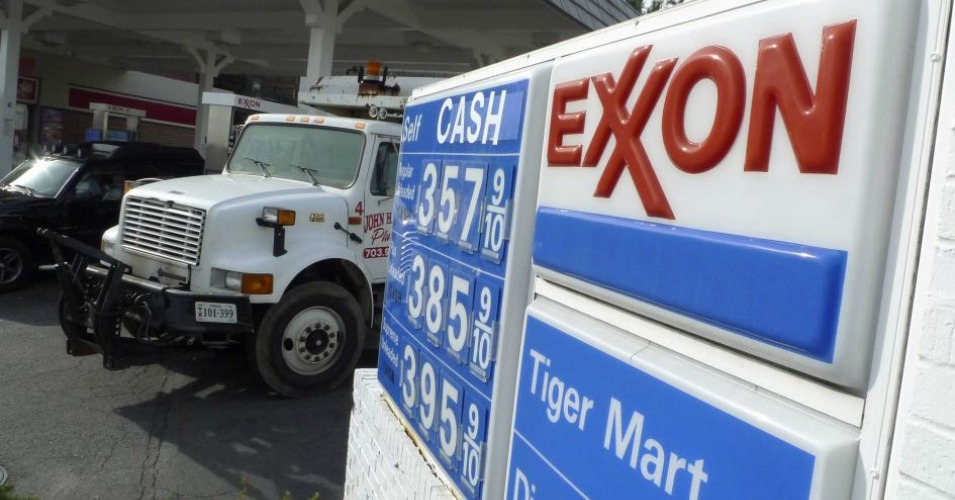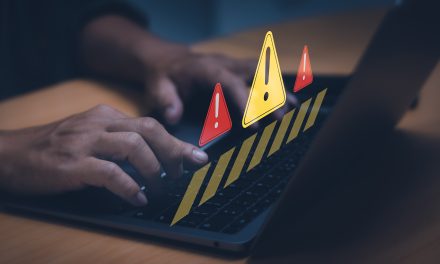Developing new technology is often like working your way through a minefield, belly down, creeping inch-by-inch, poking tentatively at every possible dent or protuberance and hoping you aren’t blown up in the process. Each forward inch extracts pints of sweat yet when you raise your head to get your bearings you find there is still a long way to go and multiple paths to choose from.
Even now, as the V-LIM turbine has solved one problem after another, where to get 8 conductor slip rings, NASA grade bearings, 50 amp 4 contact rectifiers, 45 mega Gauss magnets, what insulator to use, how to minimize cogging and resistance, the biggest hurdle lies ahead. Breaking through traditional mindsets and established paradigms that trap our society within a centralized power model is not going to be easy.
Language in the Draft EIS report prepared for FERC regarding the proposed LNG terminal illustrates the ‘stuck in the box’ thinking that has helped lead America into its current energy crisis. The report, ironically, cites all the inherent problems of centralized power production, be it renewable or LNG, namely transmission congestion as a barrier to renewable energy.
The report further cites, correctly I might add, that tying intermittent energy sources into the grid at the higher voltage transmission line levels is highly problematic. Load matching and maintaining a consistent 60 Hz output is a costly and time consuming job, the failure of which can cause massive blackouts like the one in the Northeast in 2003.
The Draft EIS report concludes that lack of transmission capacity and difficulties in load matching at the transmission level negates renewable energy as a viable alternative to LNG in meeting projected loads in the years to come. Not once does the report discuss the merits of de-centralized power production.
Widely and successfully practiced in Europe, the concept of producing power at the point of consumption instead of in remote rural outlands is hardly untried technology. The failure of the report to acknowledge advances in small wind technology, solar and geothermal power production, micro-grids and combined heat and power, not seeing the forest for the trees, puts millions of acres of private property at risk of seizure by eminent domain.
Imagine how frustrating it is for my small venture to know that I may close deals with European contacts before I finalize domestic projects, simply because the foreign mindset is open to decentralized alternatives. America must think out of the box if small business has any chance of providing long term, living, family wage jobs in Coos County.
Please allow me to take this opportunity to introduce and thank those people who participated, at my request, in the duel with Amanda Davidson. I want to especially thank my good friend, Ed Pool, who is a little under the weather right now and wrote in support of ending combat operations in Afghanistan. Ed served in the United States Navy as a radar technician and patrolled the Saigon River in 1965 and 1966. He then went on to spend 35 years with the Federal Aviation Administration. Please join me in wishing Ed a speedy recovery.
Dr Robert Fischer handled the oil-drilling topic. Bob is a Marine Corp veteran and went on to earn his PHD from Michigan State University. He taught at California State University, Fresno in the Social Sciences department for 30 years.
Pat Reid took on the ethanol topic. Pat earned his Bachelor of Science Degree in Applied Physics from Pacific Lutheran University where he also played all four years for the university’s baseball team. He served 8.5 years in the US Army with 7 of those years as a helicopter pilot including 2.5 as an instructor pilot. Pat made a direct transfer to the USCG 3.5 years ago and is currently flying as an aircraft commander out of North Bend.
Pat lives right here in Coquille with his “beautiful wife†of nearly 11 years and two children, ages seven and three.
Thank you all so much for contributing to the community.



